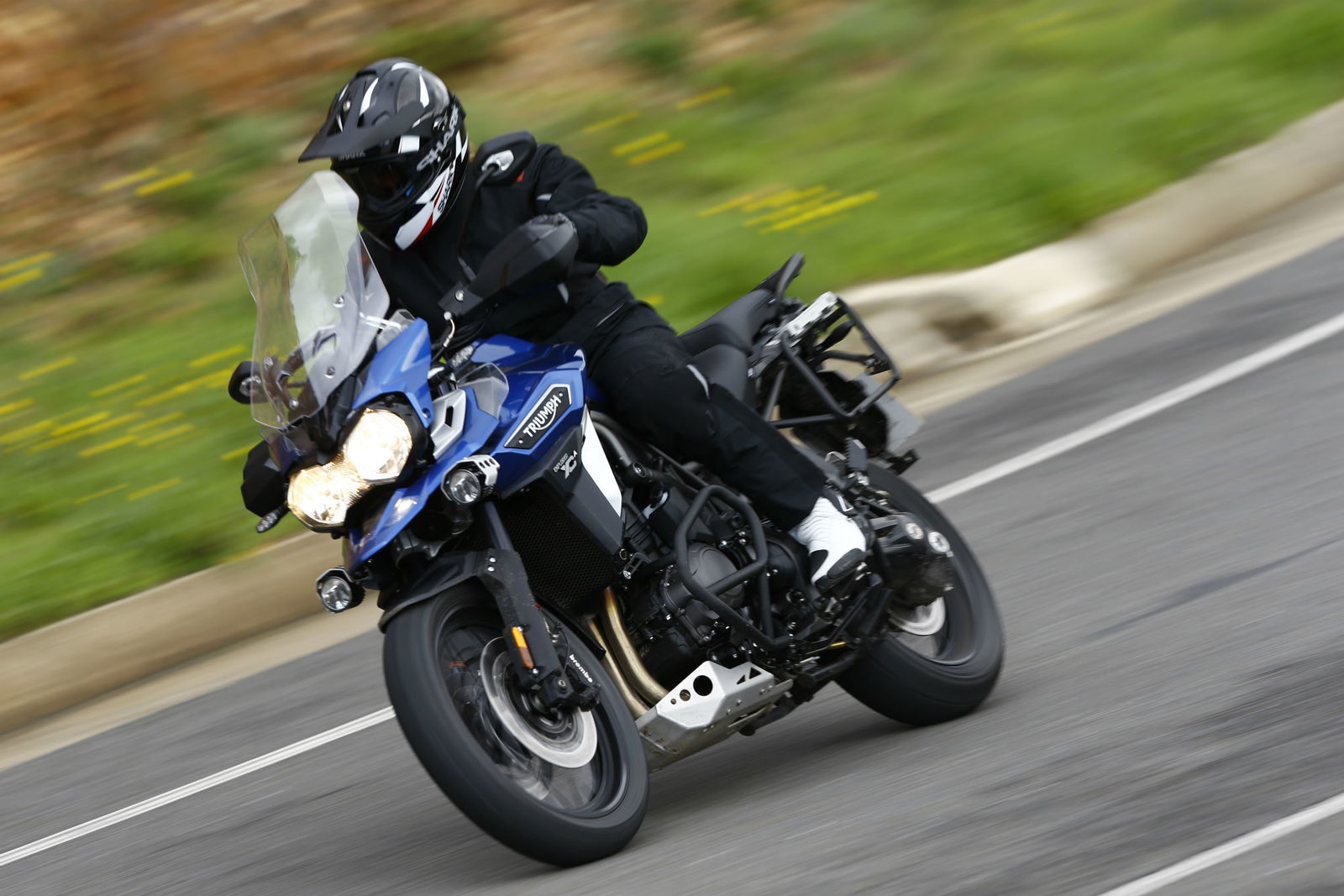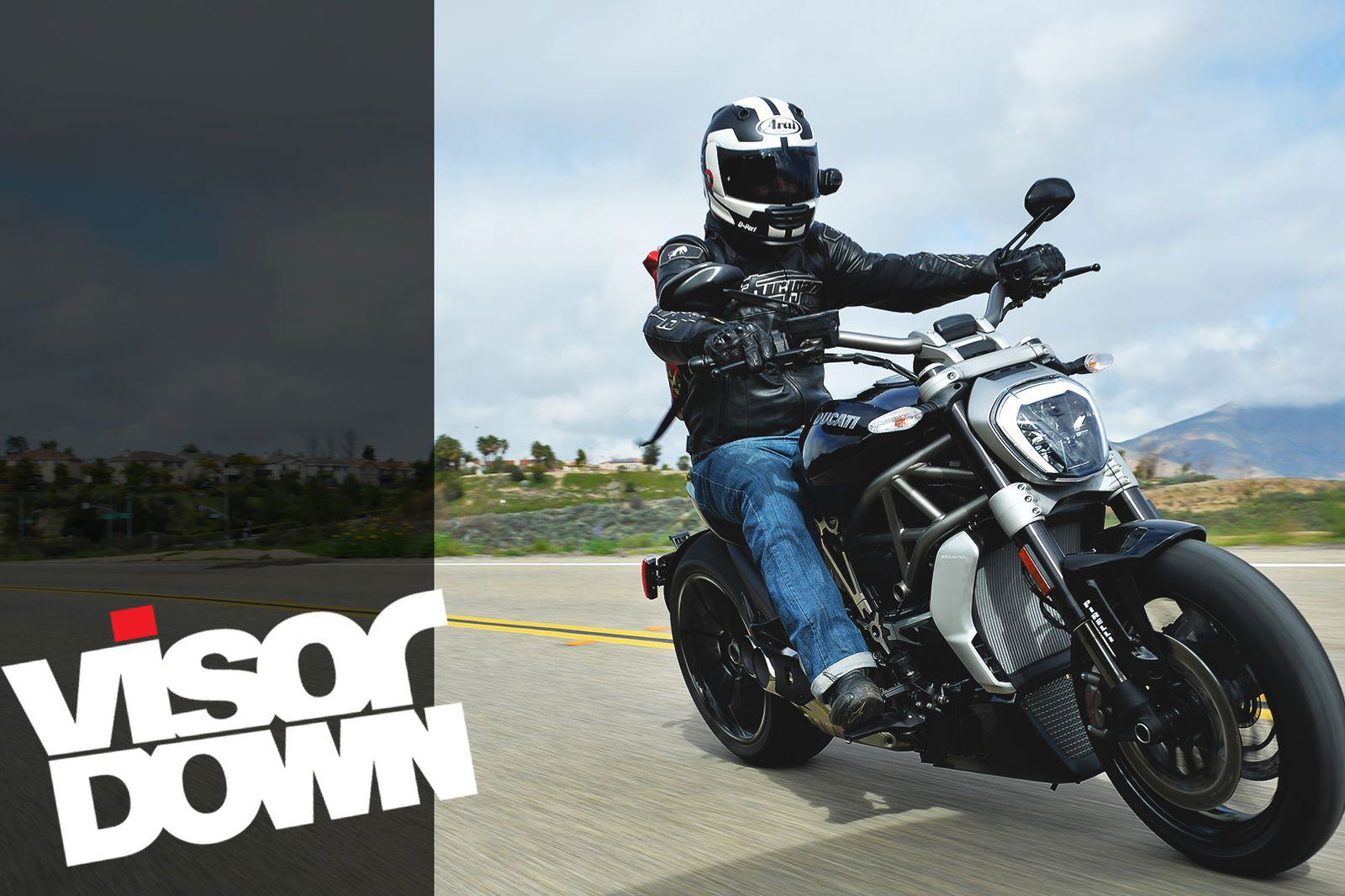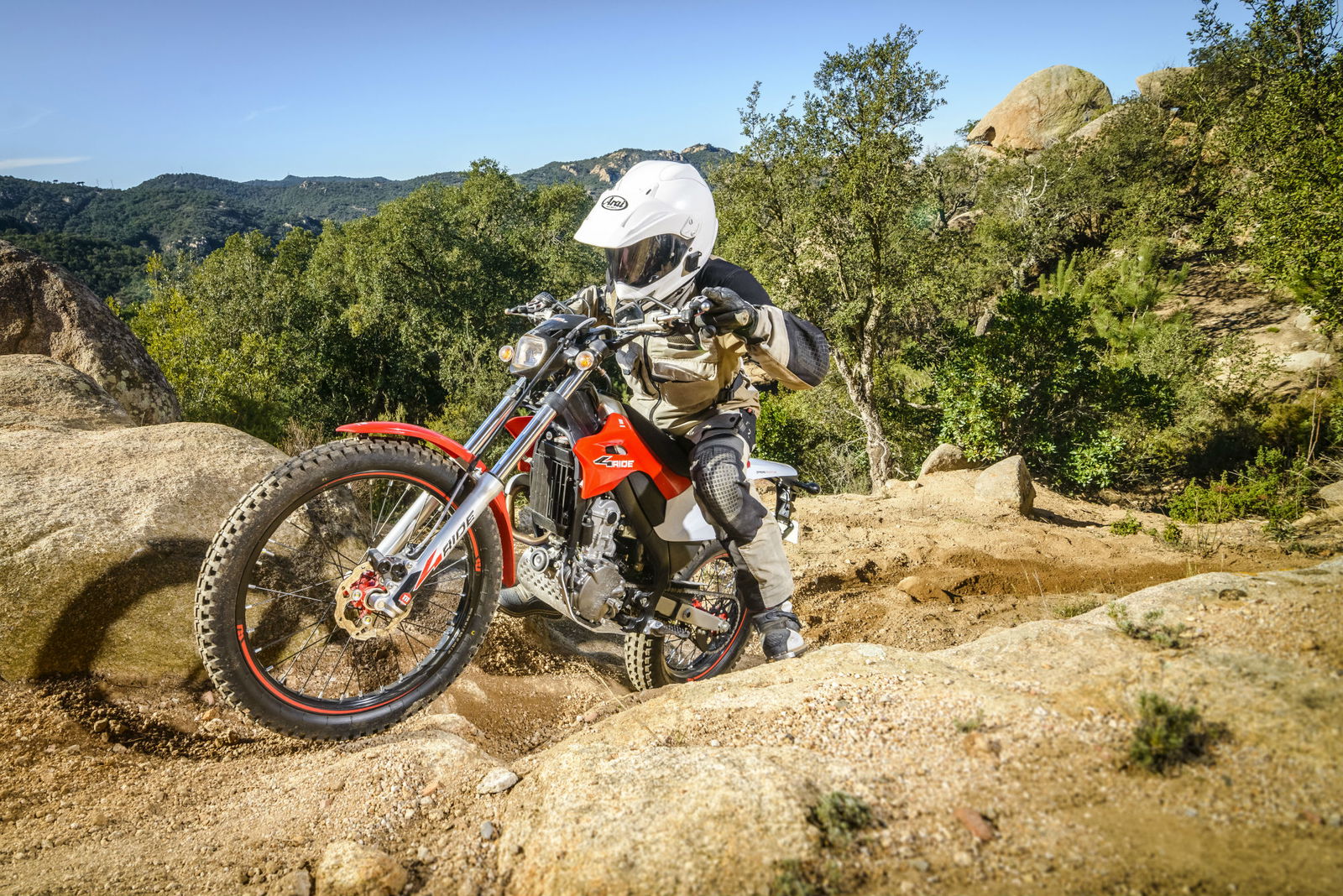First Ride: Triumph Tiger Explorer review
Brit firm's most sophisticated model yet takes adventure biking to a whole new level


TRIUMPH'S new Tiger Explorer takes adventure bikes to a whole new level - and your adventure will begin when you try to get your head around the overwhelming variations in specifications available - and the sheer complexity of those specifications - in the new family of Tigers.
Not only are there six bikes (and a further two low-seat options - more of which later), all with different specs, but the technology involved in these computers-on-wheels is so sophisticated that you could own one for a year and still not have truly explored what it's capable of.
With this new range, triumph seems to be edging closer to abandoning the idea of an off-the-peg bike and becoming far more like a Saville Row tailor who will facilitate a motorcycle that's perfectly suited to your needs.
Most press presentations on bike launches take half an hour at the very most but the Tiger presentation ran well over an hour and we had still only scratched the surface. That's understandable when the bike in question (or, at least, the full-spec option) features semi-active suspension, cornering ABS, cruise control, a torque-assist clutch, a Hill-Hold 'handbrake' function, a traction control system that boasts five standard riding modes and an infinite amount of settings in fully customisable mode, electrically-adjustable windscreen... the list goes on. And on.
To be honest, during the press conference, it sounded like complete overkill and I couldn't help thinking about '80s hooligans screaming around on their primitive Yamaha RD350LCs and wondering what they'd make of it all. Didn't they have just as much fun without all these gadgets and onboard computers?
But then it struck me that there were several former '80s LC hooligans amongst the assembled bike journalists and they seemed to be lapping up the technology and fully embracing it. Fair dos. Maybe I just have to accept that things move on and always will do. So I kept an open mind, especially since Triumph's chief engineer, Stuart Wood, repeatedly assured us that, while the Explorer sounds very complex to explain on paper, all its systems are actually very intuitive to use and don't intrude on the riding experience.
And do you know what? He was right.
The next morning we pulled out of the uphill hotel drive and I went straight for the Hill Hold function (engaged by a sharp, single pull of the brake lever while at a standstill) and couldn't help but smile. We should have had handbrakes on bikes decades ago. Not only does it make standing starts on rough slopes far easier (especially on a fully-loaded bike), it also allows you to fiddle with rucksacks, gloves etc, without the need to stand on the rear brake or hold the front lever in.
Before we go any further, I should point out that the only bike available to us was the full-spec, top-of-the-range, XCa model which retails at £15,800 and boasts many features not found on the standard bikes. The new Tiger Explorer family is split into two distinct lines - the XR bikes, which are more road-focused, and the XC machines which have more of an off-road bias. But don't get too hung up on this - both are perfectly capable of switching roles, it's just in the finer details that you'd notice a difference.
There are three XR models - the standard £11,800 XR, the mid-spec £13,400 XRx, and the top-spec £15,000 XRt. The more off-road focused XC model is available as the standard XC bike at £12,200, the mid-spec XCx at £14,200, and the top-spec £15,800 XCa, the one we tested in Portugal.
Got it? Good, let's carry on.
As we pull out of the hotel and stop at the first junction, it's immediately apparent that the Tiger has a very reasonable seat height for an adventure bike. In fact it has two – you can adjust it from 837mm to 857mm on all the bikes. If that's still too tall for you, there are low seat versions of the XRx and XCx, bringing it down to 785mm or 805mm. These bikes also have different forks and shocks which are tuned to accommodate the lower seat heights.
Pulling out onto smooth, fast A roads, I start to scroll through the suspension options. There's nine different settings between 'Sport' and 'Comfort' and while the 'Normal' option can easily cope with normal road riding, you really can feel the difference in the stiffness of the bike when you start veering towards the full 'Sport' mode and, conversely, you can feel the plushness of the softer settings when you switch to 'Comfort'. You can easily make these adjustments as you ride too, via the 'scroll' and 'select' buttons.

